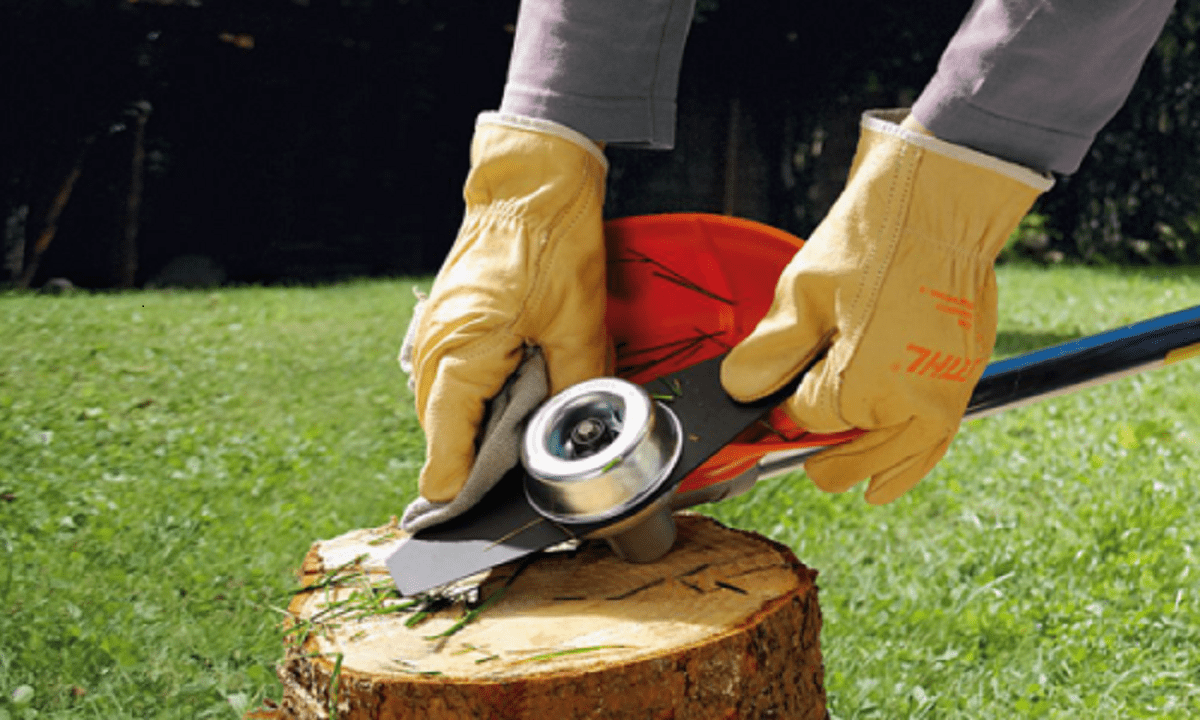In the world of agriculture, the efficiency of a farm operation is often directly linked to the condition of its farm tools equipment. From plows and tractors to hand tools, maintaining a well-functioning arsenal of farm tools is essential for ensuring a successful harvest. In this blog post, we will explore some best practices for keeping your farm tools in top condition, ultimately maximizing their lifespan and optimizing your farming endeavors.
- Regular Cleaning and Maintenance
One of the fundamental steps in preserving the longevity of your farm tools is regular cleaning and maintenance. After every use, make it a habit to clean off dirt, debris, and residues from your tools. Use a wire brush, water, and mild detergent to remove stubborn materials. This not only helps prevent corrosion but also ensures that your tools function smoothly during subsequent uses.
After cleaning, inspect each tool for any signs of wear, damage, or loose parts. Tighten bolts and nuts, and replace any damaged components promptly. Regular maintenance can catch small issues before they escalate into major problems, saving you time and money in the long run.
- Proper Storage
Where and how you store your farm tools can significantly impact their condition. Keep tools in a dry environment to prevent rust and corrosion. Hanging tools on pegboards or storing them on shelves helps to keep them organized and reduces the risk of damage. Additionally, invest in toolboxes or storage cabinets for smaller hand tools to protect them from the elements.
When storing larger equipment such as tractors or plows, consider covering them with tarps to shield them from rain, snow, and sunlight. Implementing proper storage practices goes a long way in extending the life of your valuable farm tools.
- Sharpening Blades
Sharp blades are crucial for efficient and effective farming operations. Whether it’s the blades of a plow, hoe, or mower, keeping them sharp ensures clean cuts, reduces strain on equipment, and improves overall productivity.
Invest in a quality sharpening tool and establish a routine for sharpening blades. Regularly inspect blades for nicks and damage, and address any issues promptly. Well-maintained and sharp blades not only make your work easier but also contribute to better crop health.
- Lubrication
Farm tools with moving parts, such as tractors and tillers, benefit greatly from proper lubrication. Regularly check and lubricate joints, bearings, and other moving components to reduce friction and wear. Use the appropriate lubricants recommended by the manufacturer for each specific part.
A well-lubricated machine not only operates more smoothly but also generates less heat, reducing the risk of overheating and premature wear. Establish a lubrication schedule and stick to it to keep your farm equipment running at peak performance.
- Professional Inspections
While regular maintenance is something you can do on your own, it’s also wise to schedule professional inspections for your larger and more complex equipment. Tractors, combine harvesters, and other heavy machinery may have components that require specialized attention.
Engage with a qualified technician to conduct thorough inspections, identify potential issues, and perform necessary repairs. This proactive approach can help prevent breakdowns during critical times in the farming season and contribute to the overall reliability of your equipment.
Conclusion
In the world of agriculture, the success of your farm is often tied to the health and efficiency of your tools. By adopting these best practices for tool maintenance, you can enhance the lifespan of your equipment, increase operational efficiency, and ultimately contribute to a more successful harvest.
